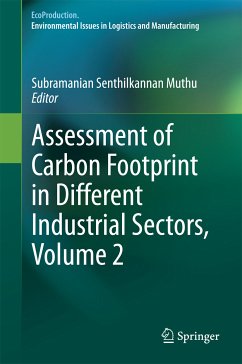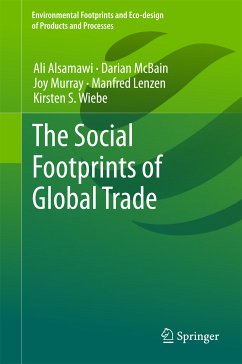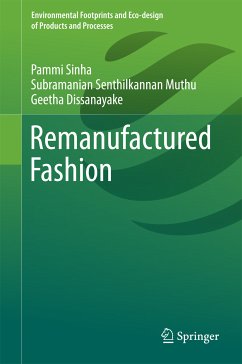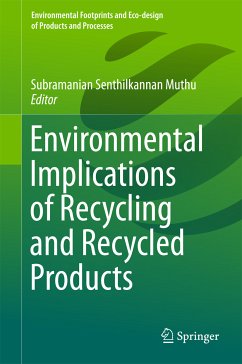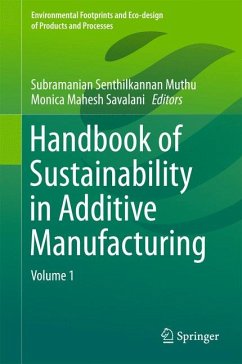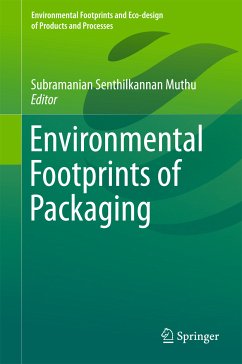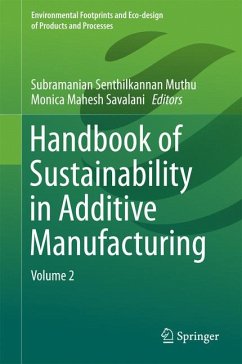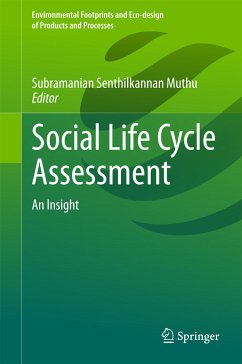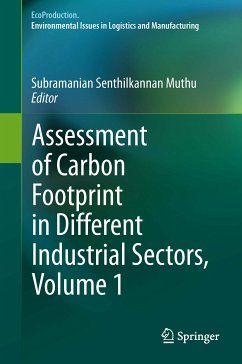
Assessment of Carbon Footprint in Different Industrial Sectors, Volume 1 (eBook, PDF)
Versandkostenfrei!
Sofort per Download lieferbar
72,95 €
inkl. MwSt.
Weitere Ausgaben:

PAYBACK Punkte
36 °P sammeln!
Carbon footprint is one of the important environmental impacts, which has received greater attention from the public, government and media. It is one of the important topics of even any government's agenda as well and every nation is trying its best to reduce its carbon footprint to the maximum possible extent. Every company would like to reduce the carbon footprint of its products and consumers are looking for the products which emit lower carbon emissions in their entire life cycle. Assessment of Carbon footprint for different products, processes and services and also carbon labelling of pro...
Carbon footprint is one of the important environmental impacts, which has received greater attention from the public, government and media. It is one of the important topics of even any government's agenda as well and every nation is trying its best to reduce its carbon footprint to the maximum possible extent. Every company would like to reduce the carbon footprint of its products and consumers are looking for the products which emit lower carbon emissions in their entire life cycle. Assessment of Carbon footprint for different products, processes and services and also carbon labelling of products have become familiar topics in the recent past in various industrial sectors. Every industry has its unique assessment and modelling techniques, allocation procedures, mitigation methods and labelling strategies for its carbon emissions. With this background, this book has been framed with dedicated chapters on carbon footprint assessment on various industrial sectors. In each chapter, details pertaining to the assessment methodologies of carbon footprint followed in a particular industry, challenges in calculating the carbon footprint, case studies of various products in that particular industry, mitigation measures to be followed to trim down the carbon footprint, recommendations for further research are discussed in detail. This first volume includes the carbon footprint assessment methodology of agricultural sector, telecommunication sector, food sector, ceramic industry, packaging industry, building and construction sector and solid waste sector.
Dieser Download kann aus rechtlichen Gründen nur mit Rechnungsadresse in A, B, BG, CY, CZ, D, DK, EW, E, FIN, F, GR, HR, H, IRL, I, LT, L, LR, M, NL, PL, P, R, S, SLO, SK ausgeliefert werden.




